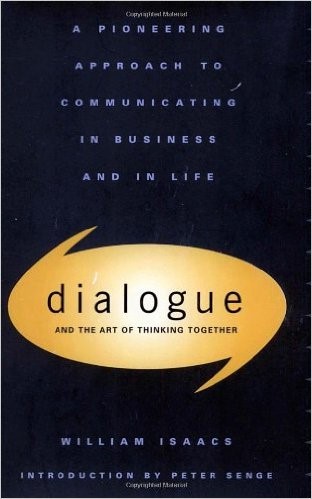Apr 3, 2017
Not in that order: but do you see the connection?
I was stunned, reading William Isaacs’ 1999 book Dialogue: And the Art of Thinking Together to discover the correlation between our well-tested axiom “learning is always cognitive, affective and psychomotor” and the classic theme of the true, the good and the beautiful. I had never seen that before!
To the ancient Greeks, human society was characterized by three value activities: the pursuit of objective understanding, the subjective experience of beauty, and the shared activity of coordinated and just action. They called these three the True, the Beautiful, and the Good. p13

But of course!
James E. Zull in The Art of Changing the Brain showed us how effective epistemology is rooted in biology. We learn as embodied men and women, boys and girls, as neuroscience literally unfolds the magnificence of the structure and processes of the brain.
I breathe a sigh of thanks and praise to the Creator; then laugh out loud in joy as more and more corroborates of the basic principles and practices of using dialogue in education are manifested. Yes!
It’s true and good and beautiful!
What have you read lately about teaching, learning or the brain that had you pause?
*****
Dr. Jane Vella is a celebrated author, educator and founder of Global Learning Partners.



